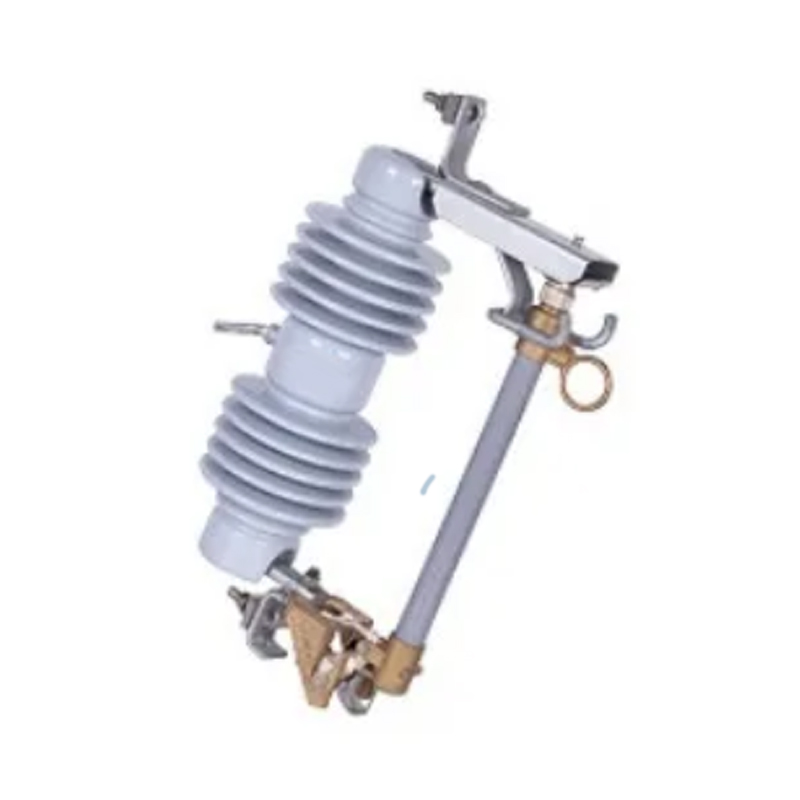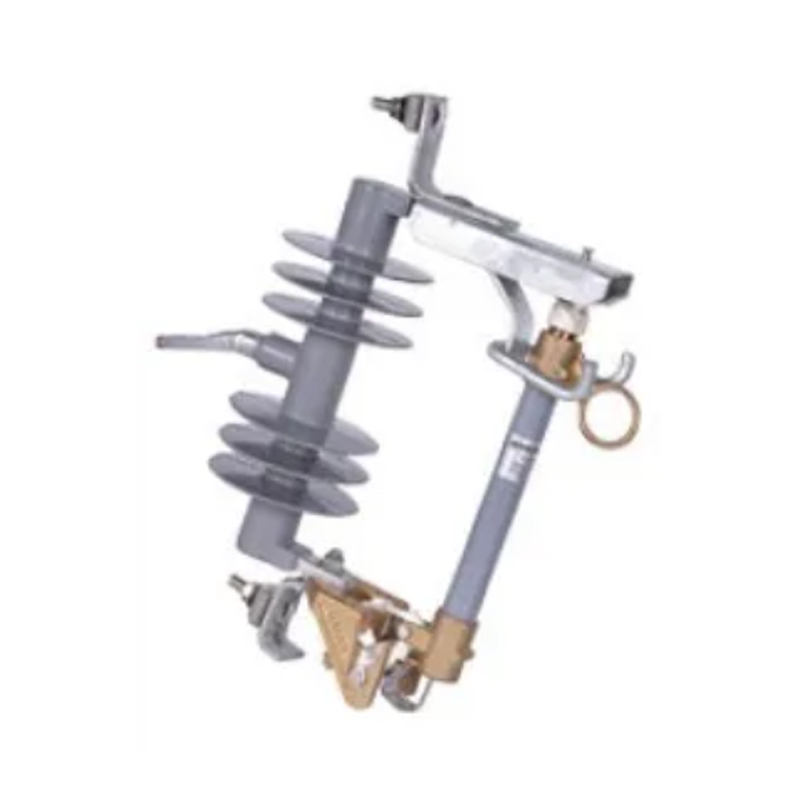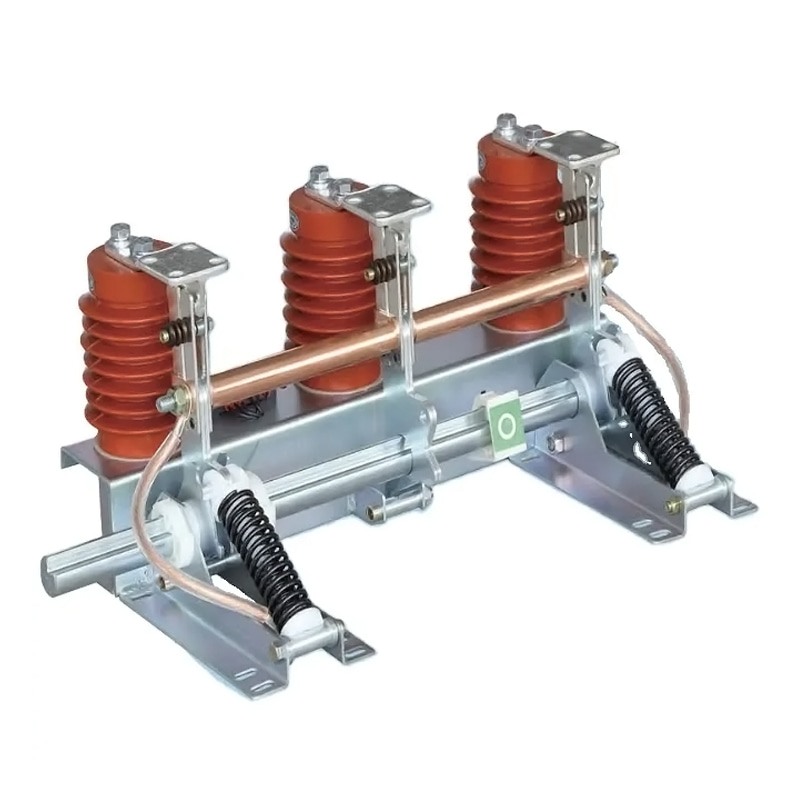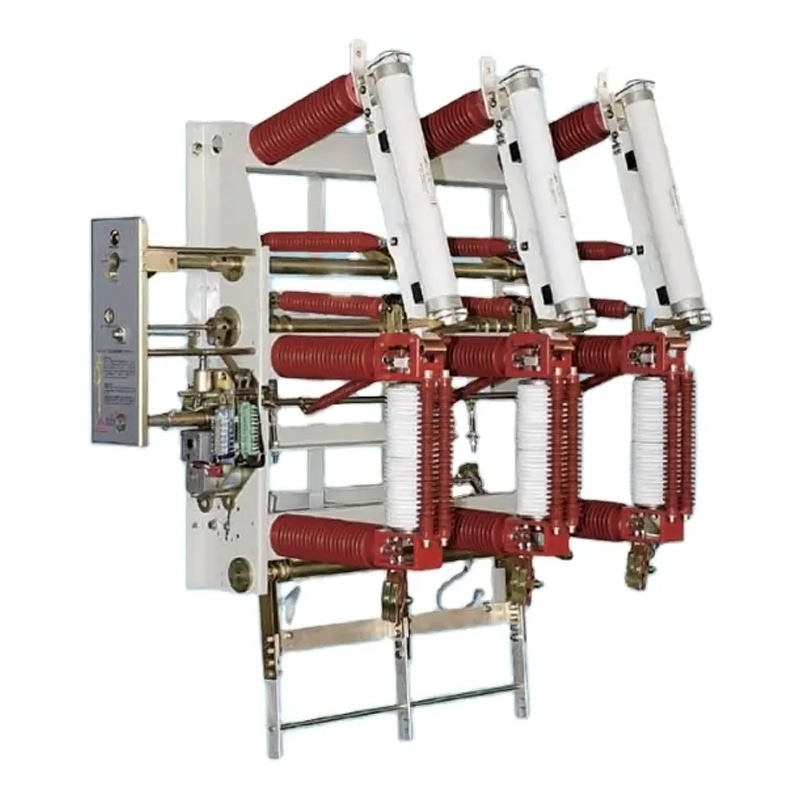Medium voltage (MV) load break disconnect switches are crucial components in electrical power distribution systems. These devices are designed to isolate sections of a network, providing a safe and efficient means for switching operations and maintenance.
Load break disconnect switches are devices used to interrupt the flow of electric current in a circuit under load conditions. Unlike circuit breakers, which are designed to protect electrical circuits from damage caused by overloads or short circuits, load break switches primarily serve to control and isolate sections of an electrical network. They are particularly useful for maintenance purposes, ensuring that specific sections can be safely worked on without affecting the entire system.
Motorized MV load break disconnect switches integrate an electric motor to automate the switching process. Key features include:
Remote Operation: The motorized mechanism allows for remote operation, which enhances safety and convenience. Operators can control the switches from a distance, reducing the need for physical presence at potentially hazardous locations.
Precision and Control: Motorized switches offer precise control over the switching operation. The motorized mechanism ensures consistent and accurate switching, small the risk of human error.
Speed and Efficiency: Automation significantly speeds up the switching process, which is crucial during emergency operations or when quick isolation of a circuit is needed.
Integration with Smart Grid Technology: These switches can be integrated with smart grid systems, allowing for advanced monitoring, control, and automation. This integration facilitates improved grid management and reliability.
Enhanced Safety Features: Motorized switches often come with built-in safety features such as interlocks and fault detection systems. These features ensure safe operation and help prevent accidental switching.
The motorization of MV load break disconnect switches offers several advantages:
Improved Operational Safety: By enabling remote operation, motorized switches reduce the need for personnel to be in close proximity to high-voltage equipment. This smalls the risk of electrical accidents.
Enhanced Reliability: Automated systems are less prone to human error, pilot to more reliable and consistent switching operations. This reliability is crucial in maintaining the stability of electrical networks.
Reduced Maintenance Costs: Motorized switches typically require less maintenance compared to manual switches. The automated mechanism is designed to operate efficiently with small wear and tear.
Increased Operational Efficiency: Automation allows for quicker response times and more efficient management of the electrical network. This is particularly beneficial in managing peak loads and during fault conditions.
Scalability and Flexibility: Motorized switches can be easily integrated into existing systems and scaled up as needed. This flexibility makes them suitable for a wide range of applications, from small distribution networks to large industrial setups.
Motorized MV load break disconnect switches are used in various applications, including:
Utility Networks: These switches are widely used in utility distribution networks for isolating faults, managing load distribution, and facilitating maintenance activities.
Industrial Facilities: In industrial settings, motorized switches help in managing the complex electrical infrastructure, ensuring continuous and reliable power supply to critical operations.
Renewable Energy Systems: With the increasing adoption of renewable energy sources like wind and solar power, motorized switches are used to manage the integration of these variable energy sources into the grid.
Commercial Buildings: Large commercial complexes with extensive electrical systems use motorized switches to enhance operational efficiency and safety.
Considerations for Implementation
When considering the implementation of motorized MV load break disconnect switches, several factors should be taken into account:
System Compatibility: Ensure that the motorized switches are compatible with the existing electrical infrastructure and any smart grid technologies in use.
Cost-Benefit Analysis: Conduct a thorough cost-benefit analysis to determine the financial viability of upgrading to motorized switches. Consider the long-term savings in maintenance and operational efficiency.



 English
English русский
русский عربى
عربى










